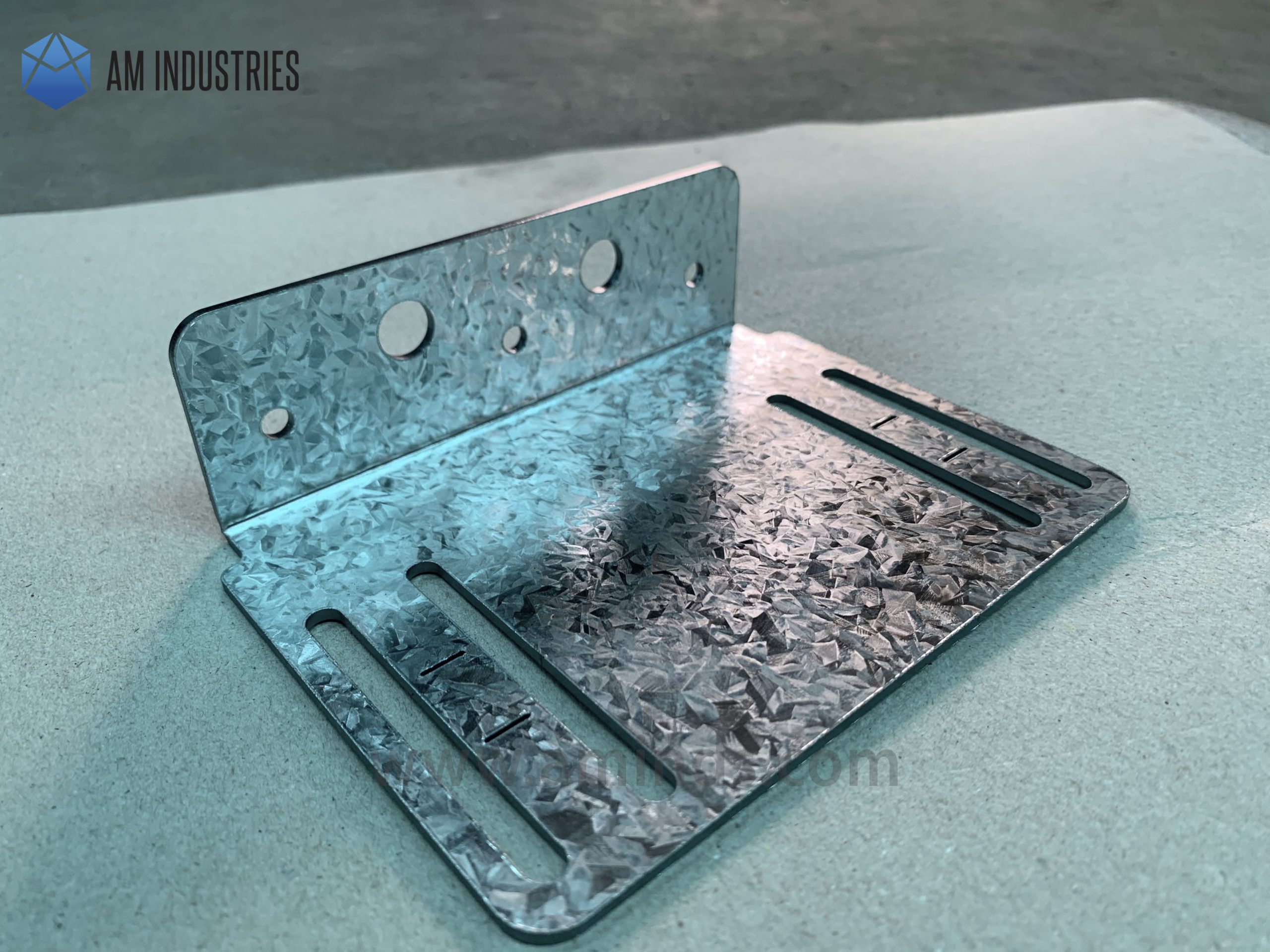Metal Stamping: Advancements Driving Sector Development
Metal Stamping: Advancements Driving Sector Development
Blog Article
Metal Stamping Advancements: Elevating Production Processes for Superior Results
In the world of manufacturing procedures, steel marking has long been a keystone strategy for producing a range of precision components. With the ruthless march of technical advancement, the landscape of metal stamping is undergoing a considerable change.
Development of Metal Stamping Methods

In addition, developments in product scientific research have actually brought about the development of high-strength alloys that can now be seamlessly stamped into intricate forms, dealing with a broader variety of commercial applications. The assimilation of robotics and artificial intelligence has even more maximized the marking procedure by boosting speed and accuracy while decreasing the danger of human mistake.

Influence of Advanced Products
Have advanced materials transformed metal marking procedures substantially in the manufacturing industry? The solution is a definite yes (Metal Stamping). The integration of innovative materials has actually changed steel stamping, making it possible for makers to attain higher accuracy, boosted effectiveness, and enhanced item high quality. By making use of materials such as high-strength alloys, progressed composites, and ingenious coatings, metal stamping processes can now produce parts that are lighter, stronger, and a lot more durable than in the past.
These innovative materials provide premium mechanical buildings, corrosion resistance, and thermal stability, allowing manufacturers to fulfill the needs of contemporary markets such as aerospace, automobile, and electronic devices. Additionally, making use of innovative materials in metal stamping has actually promoted the production of complex geometries and detailed styles that were formerly unattainable with traditional techniques.
In addition, the application of innovative materials has actually resulted in lowered product waste, lower production expenses, and much shorter preparations, making steel marking processes much more sustainable and cost-effective. As innovation continues to advancement, the effect of advanced materials on metal marking procedures is anticipated to drive more innovation and enhance the competitiveness of makers in the international market.
Automation in Steel Stamping
The advancement of metal stamping processes driven by the assimilation of advanced products has actually established the phase for considerable improvements in automation within the manufacturing sector. Automation in steel marking has actually reinvented production procedures, improving efficiency, accuracy, and general result top quality. With the usage of robotics, sensors, and computer-controlled systems, jobs that were when manual and taxing can now be performed with exceptional speed and precision.
Automation in metal marking not only increases production rates yet also makes certain consistency in the production process. By minimizing human intervention, the danger of mistakes is significantly minimized, resulting in greater degrees of item uniformity and dependability. In addition, automation allows manufacturers to embark on intricate stamping jobs that would certainly be difficult or not practical to attain manually.
In addition, automation in metal marking adds to a safer working atmosphere by reducing the requirement for employees to take part in recurring or dangerous tasks - Metal Stamping. This shift in the direction of automation not just boosts performance however also paves the method for the future of production, where innovation plays a central duty in driving functional quality
Quality Assurance and Examination Solutions
With an emphasis on precision and reliability, quality assurance and inspection systems play a crucial duty in ensuring product excellence in steel stamping procedures. These systems are developed to monitor every stage of manufacturing, from product inspection to the final product, to guarantee that all elements fulfill the required requirements. By carrying out innovative technologies such as optical assessment systems, coordinate gauging machines (CMM), and automated evaluating devices, suppliers can find even the smallest discrepancies in measurements, surface top quality, and overall stability of stamped components.

Sustainability Practices in Steel Stamping
Structure upon the foundation of precision and reliability established with high quality control and examination systems, the integration of lasting practices in steel stamping processes is significantly ending up being a centerpiece for producers looking for to reduce environmental effect and optimize source utilization. Sustainability methods in metal stamping include a variety of efforts targeted at lowering waste generation, power intake, and greenhouse gas exhausts throughout the manufacturing process.
One key aspect of sustainability in metal marking is the adoption of green materials and innovations that promote recyclability and waste reduction. By using recycled products and applying energy-efficient machinery, manufacturers can lower their carbon footprint and add to a much more sustainable manufacturing cycle. Furthermore, optimizing manufacturing processes to decrease material waste and power usage not just benefits the atmosphere but additionally results in set you back financial savings for companies in the future.
Furthermore, the execution of lasting methods in metal stamping can boost brand name reputation and charm to ecologically aware consumers. As sustainability continues to gain significance in the production industry, integrating environmentally friendly efforts into steel stamping procedures is crucial for long-term success and competition in the marketplace.
Conclusion
In conclusion, steel marking strategies have dramatically evolved with time, including sophisticated products and automation to boost producing procedures. Quality control and inspection systems play a vital role in making sure superior outcomes, while sustainability techniques are increasingly being implemented to decrease environmental influence. These innovations in metal stamping have reinvented the sector, leading to a lot more reliable and sustainable production techniques for various markets.
Steel stamping, once a guidebook and labor-intensive procedure, has more info here changed right into a very automated and sophisticated approach of forming metal sheets right into different kinds and layouts.Have advanced materials transformed metal marking procedures Discover More Here considerably in the production sector? By utilizing materials such as high-strength alloys, advanced compounds, and cutting-edge coverings, metal stamping processes can now create components that are lighter, stronger, and extra resilient than ever in the past.
The advancement of steel marking processes driven by the assimilation of sophisticated materials has established the stage for significant innovations in automation within the production industry.In verdict, steel stamping strategies have significantly evolved over time, including sophisticated materials and automation to boost producing processes.
Report this page